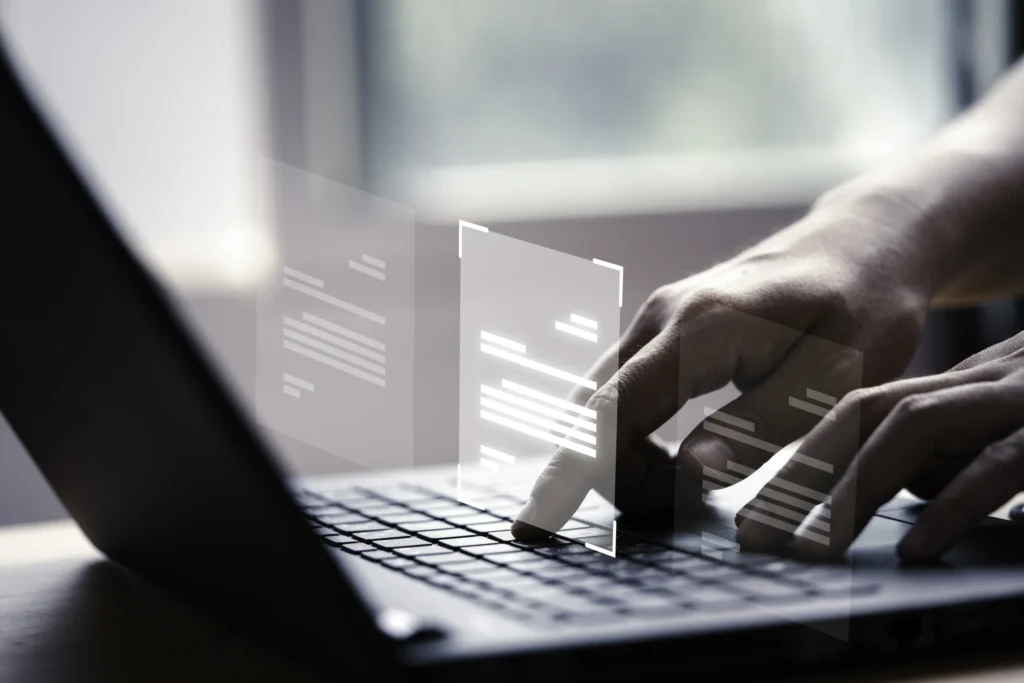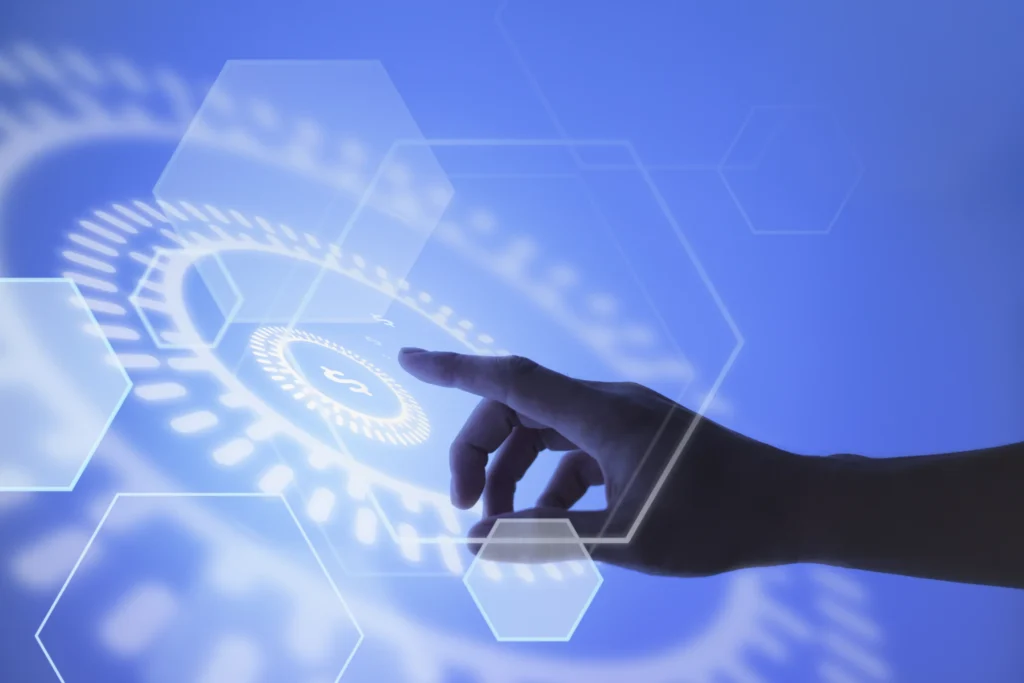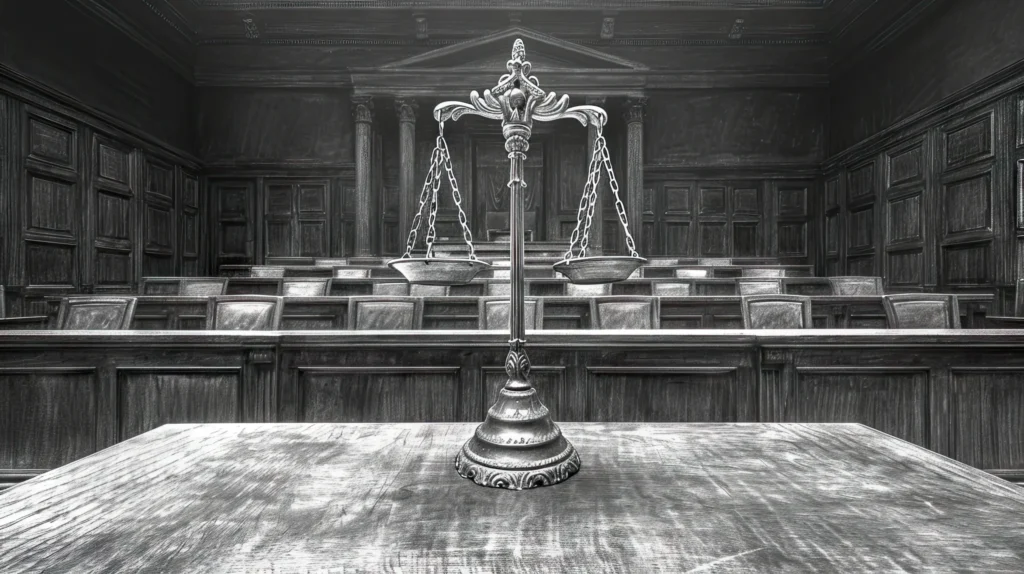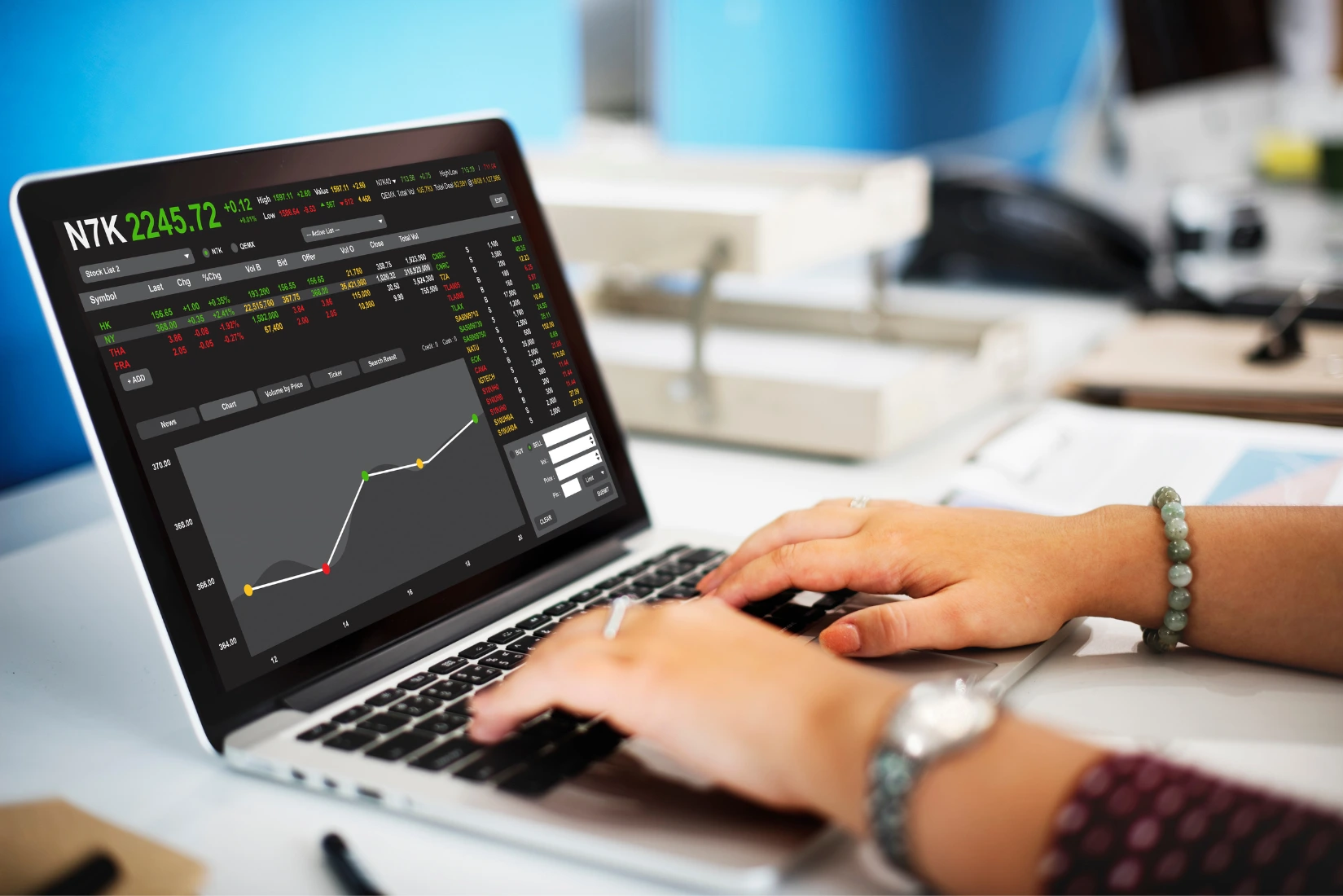Let’s start with a big one: the blockchain RWA impact is a conversation that’s heating up—and fast. From tokenized real estate to on-chain invoices, the idea of putting real-world assets (RWAs) on the blockchain has moved from crypto nerd fantasy to serious boardroom strategy. But… does it work? Is it scalable? And most importantly, is it even legal across the board?
Good questions. Let’s unpack what’s really happening—no hype, no heavy jargon (well, maybe just a little).


Why Even Bother? The Allure Behind Blockchain RWA Impact
You might wonder—why tokenize a building, or a piece of art, or someone’s unpaid invoice? What’s the actual point?
Here’s the thing: traditional RWA systems are clunky. Really clunky. They involve layers of paperwork, middlemen, jurisdictional headaches—and time. Lots of time. Blockchain steps in like that friend who says, “Hey, let’s just cut through all this.”
By putting an RWA on-chain, suddenly you’re not dealing with three banks, two lawyers, and a fax machine. You’re dealing with a smart contract—instant settlement, global access, 24/7 liquidity. In theory, at least.
And let’s not forget the investor angle. Small investors who couldn’t dream of touching a Manhattan office tower can now buy a sliver of it… as easily as buying a meme coin. Sounds wild, right? But it’s already happening in pilot projects from Europe to Southeast Asia.


Blockchain RWA Impact: Real Benefits or Buzzwords?
Let’s break down the upside (and we’ll get to the messy stuff later, promise):
1. Accessibility.
This is big. Blockchain doesn’t care where you live or how big your portfolio is. Suddenly, a smallholder farmer in Peru could theoretically tokenize their harvest and get financing from someone in Berlin. That’s democratization in action.
2. Transparency.
No more “lost” documents or shady backroom deals. With everything on-chain, every transaction gets logged. That means better trust—something RWA markets sorely lack.
3. Liquidity.
This one’s a game-changer. Assets that used to take months (or years) to sell—like commercial property or private loans—can now trade in real-time. Okay, some are trading. Not all. But it’s a big leap forward.
So yeah, the blockchain RWA impact isn’t just a buzzword. It’s already poking at old systems—and in some places, breaking them open.


The Not-So-Pretty Side: Friction Still Exists
Now, let’s be honest. It’s not all sunshine and seamless tokenization.
Legal gray zones.
What counts as a “real” asset when it’s on a blockchain? Who owns it if something goes wrong? Every country has its own rules, and they often don’t play nice together. This is maybe the biggest headache for cross-border RWA projects.
Off-chain realities.
Here’s the unsexy part. You can tokenize a building, sure—but someone still has to maintain that building, register it with local authorities, and deal with local laws. Blockchain doesn’t magically fix the offline world.
Volatility and trust issues.
Let’s face it, the crypto space still has some reputation issues. Rug pulls, hacks, scams—you name it. Bringing real-world assets into that space? Risky. Especially for institutional investors who are just dipping their toes.
And then there’s the tech barrier. Not everyone’s ready (or willing) to download a wallet, bridge a token, or sign a contract with a phantom DAO. So adoption? Still a ways to go.


So… Where’s This All Headed?
If you’re waiting for the big “aha” moment, here it is: the blockchain RWA impact is real, but it’s still early. We’re seeing exciting experiments, not finished systems. Some say we’re in the “dial-up era” of blockchain-based RWA. That sounds about right.
What’s needed next? Clearer regulation, better user interfaces, stronger custodial models—basically, all the boring infrastructure stuff that makes any financial system stable.
But once that’s in place? The idea of buying fractional ownership in a Tokyo apartment from your phone—without ever speaking to a lawyer or visiting a bank—might become as normal as ordering lunch from an app.
We’re not there yet… but it’s not science fiction anymore.
Final Thoughts: The Blockchain RWA Impact Is Just Getting Started
So, is the blockchain RWA impact hype or the future of finance? Honestly, a bit of both. The potential is massive—especially for unlocking access, speeding up deals, and cutting out waste—but the road’s still bumpy.
Still, if you’re betting on a world where assets move as freely as emails, this is a space worth watching. Because real-world assets are going digital—and blockchain may just be the bridge that makes it happen.
Relevant Link : Breaking Down Blockchain’s Role in Real-World Asset (RWA) Transformation





